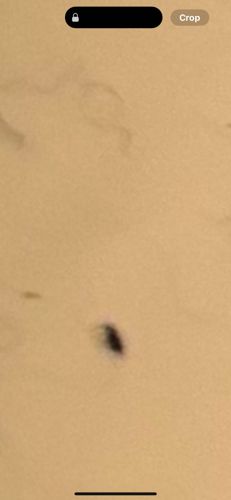Flea
Scientific Name: Siphonaptera (order), various species
Order & Family: Order: Siphonaptera, Family: Pulicidae (most common household fleas) among others
Size: Typically 1-4 mm (0.04-0.16 inches) in length.

Natural Habitat
Fleas thrive in warm, humid environments. They are typically found on hosts (mammals and birds) or in their immediate surroundings such as bedding, carpets, cracks in floors, and pet resting areas.
Diet & Feeding
Adult fleas are obligate hematophagous parasites, meaning they feed exclusively on the blood of their warm-blooded hosts. Larvae feed on organic debris, including adult flea feces (flea dirt).
Behavior Patterns
Fleas are known for their remarkable jumping ability, allowing them to quickly move between hosts. They have a complete metamorphosis: egg, larva, pupa, and adult. Adults can live for several months if a host is available. They are primarily nocturnal or crepuscular, actively seeking hosts during these times.
Risks & Benefits
Potential risks include causing itchy bites, allergic reactions (flea allergy dermatitis in pets), and transmitting diseases such as tapeworms (Dipylidium caninum) and Rickettsia typhi (murine typhus). Historically, certain flea species (like Xenopsylla cheopis) were vectors for Yersinia pestis, the bacterium causing bubonic plague. Benefits are generally nil to humans, although they are a food source for some predatory insects or small animals. In an ecological context, they are part of the complex food web.
Identified on: 11/3/2025